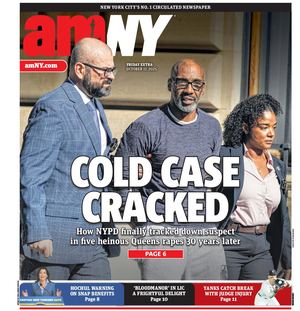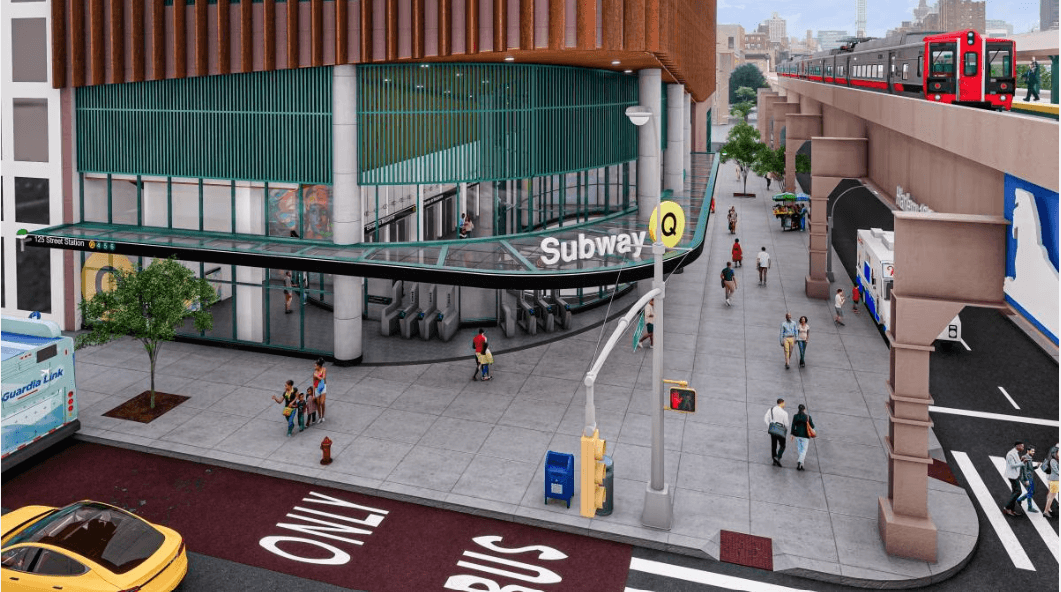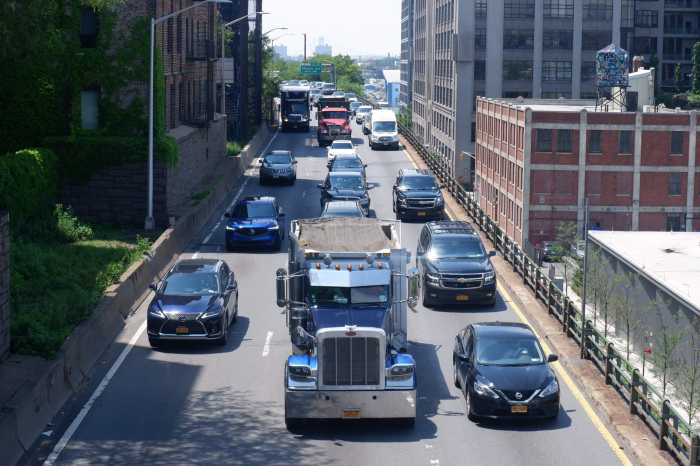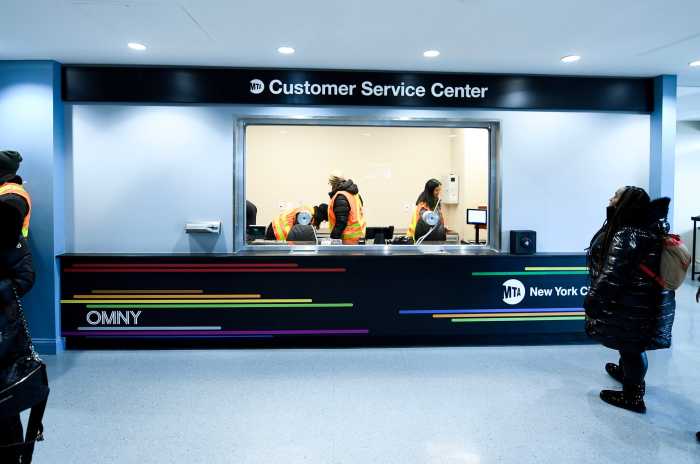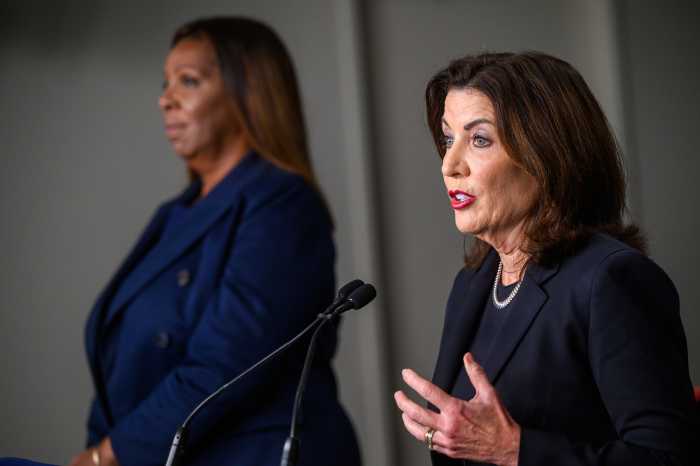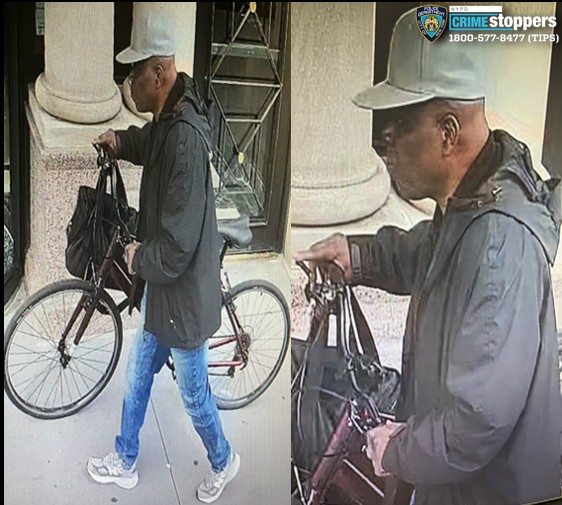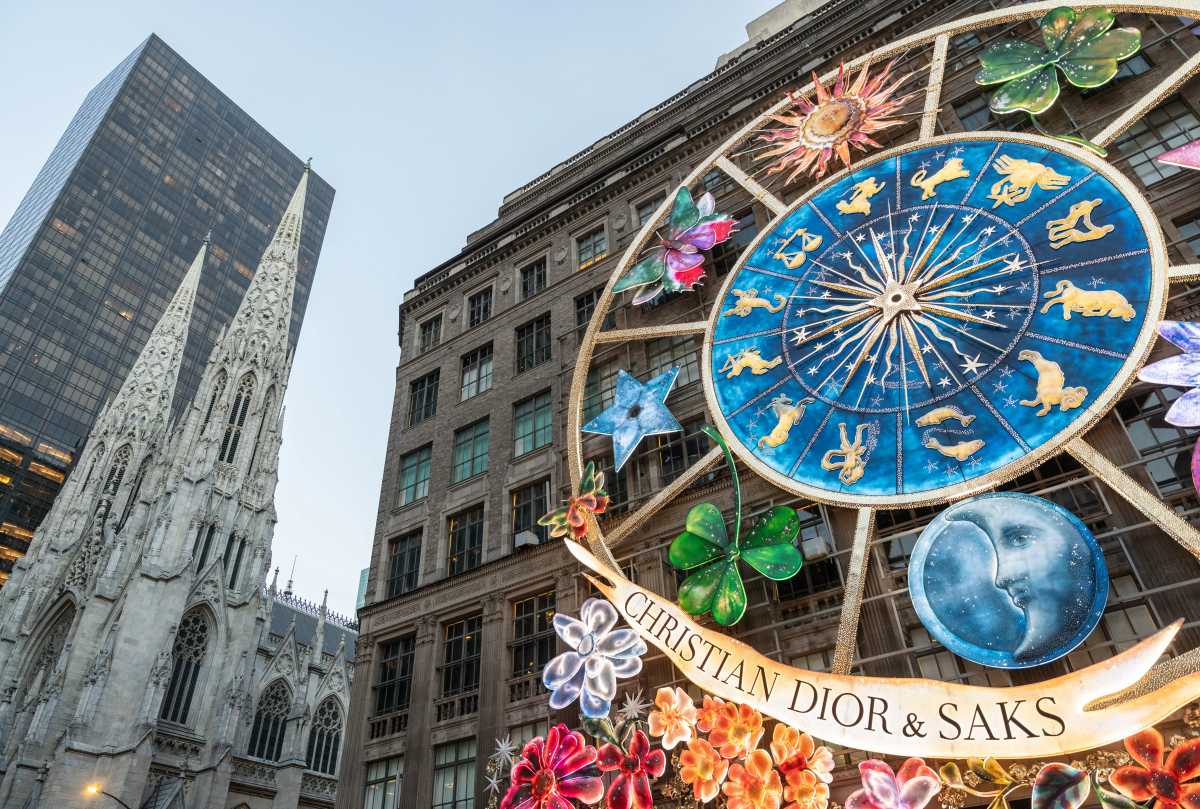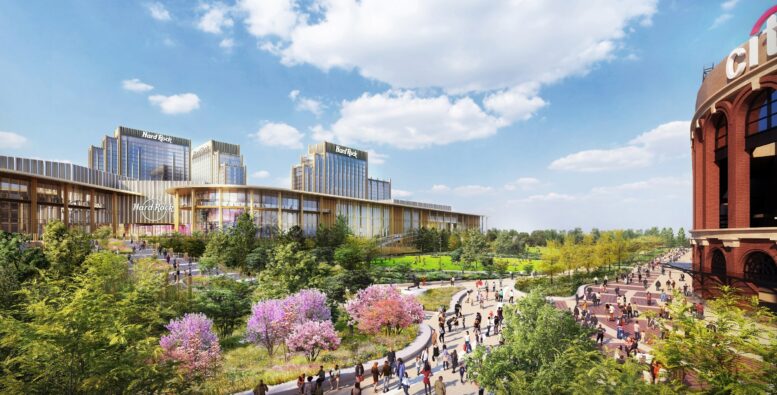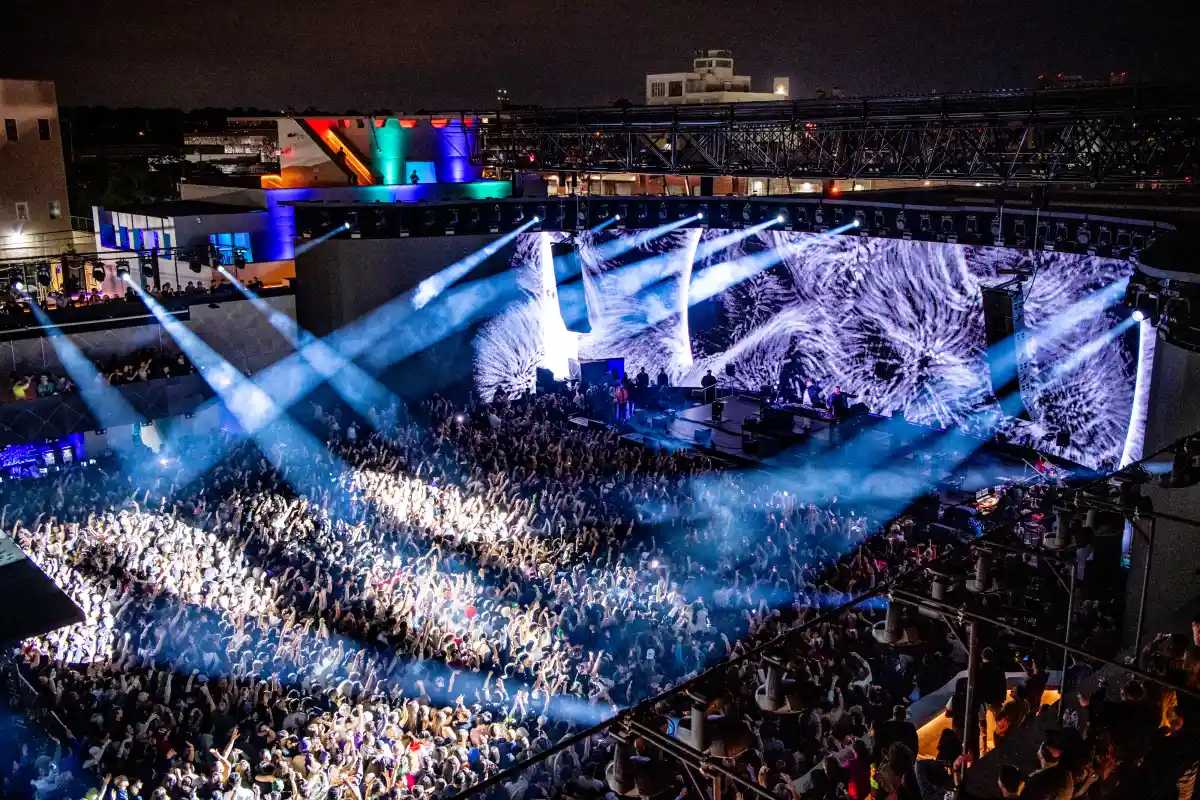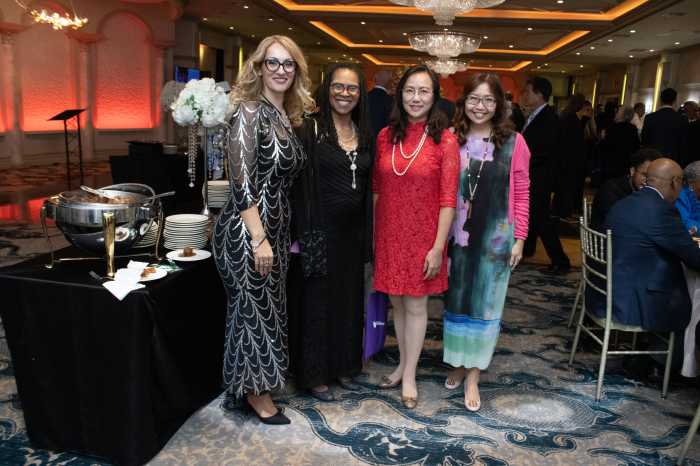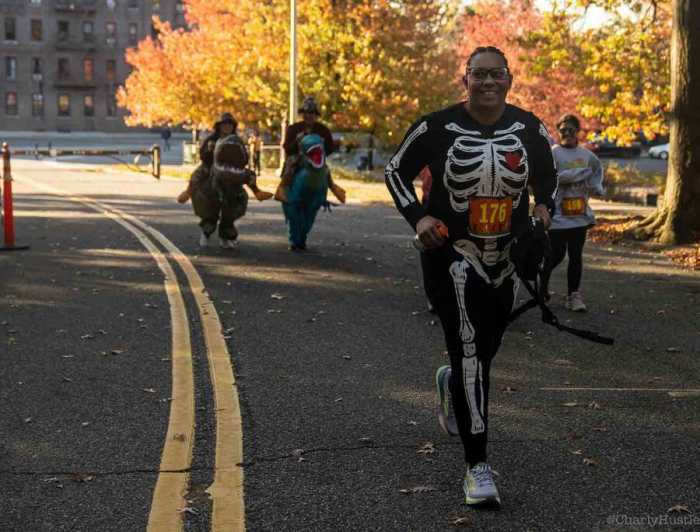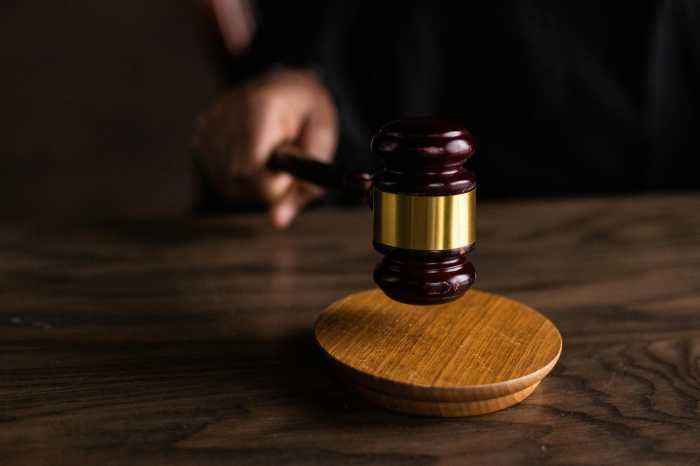Construction is set to begin by the end of this year on Phase 2 of the Second Avenue Subway, extending the Q line between 96th and 125th streets on Manhattan’s East Side.
The project will add three stations to the Q line in some of the city’s most densely populated transit deserts, such as 106th Street and Second Avenue, 116th Street and Second Avenue, and 125th Street and Lexington Avenue, where the Q train will terminate at a transfer station with the 4, 5, and 6 lines. The MTA says the line’s extension will eventually serve more than 100,000 riders each day.
On Wednesday, Governor Kathy Hochul and the MTA announced the agency is formally soliciting bids for the first construction contract on the transit megaproject.
“As part of my administration’s efforts to advance transit equity across New York State, the Second Avenue Subway project will expand critical public transportation service to East Harlem, creating more opportunity for residents,” Governor Kathy Hochul said in a statement. “We remain committed to keeping this long-envisioned project moving along swiftly for East Harlem, and I am proud to see it moving one step closer to reality.”
Before construction can start, the MTA will solicit bids from construction firms for the lucrative design-build contract. The agency will hold an “industry outreach event” for contractors and consultants interested in bidding on July 11 at its headquarters in lower Manhattan.
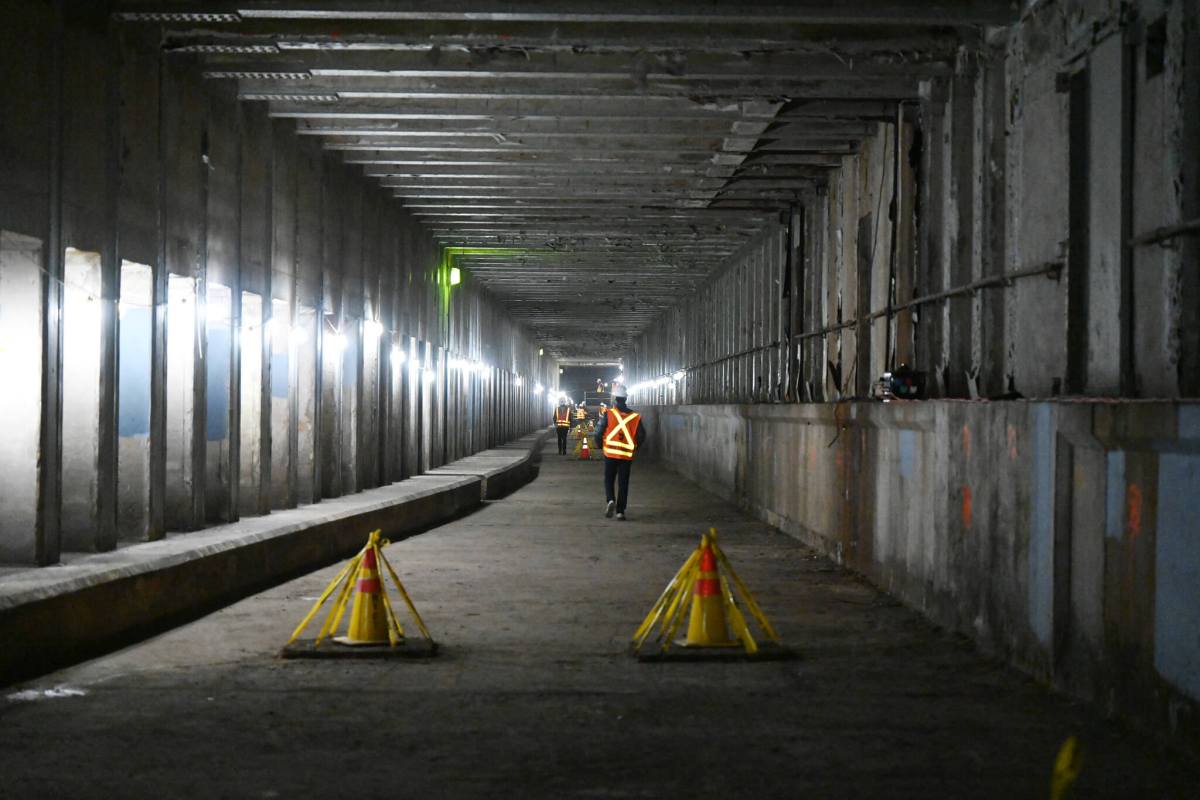
A subway line under Second Avenue was originally proposed in the 1920s during a period of significant transit expansion in the Big Apple, but remained a pipe dream for decades even as officials tore down the existing elevated lines on Second and Third avenues. The East Harlem community has been waiting decades for rapid transit service to return to the neighborhood.
After several false starts, work began in the 2000s on the first phase to extend the Q to 96th Street and build four new stops on the Upper East Side. The first phase opened to great fanfare in 2017.
“Phase 2 of the Second Avenue Subway is an investment in transit equity and a truly life-changing project,” said MTA Chair and CEO Janno Lieber. “The East Harlem community has waited decades for it, and this expansion will serve over 100,000 riders daily, connecting Harlemites to jobs, education and opportunity throughout the region.”
If the project moves beyond the first two phases, it would one day extend down the east side all the way to Hanover Square in the Financial District on a brand new train line, the T, bearing a turquoise logo.
After overcoming a long gestation period, Second Avenue Phase 1 became the largest expansion of the subway system in decades. It also became notorious as one of the most expensive transit infrastructure projects, on a per-mile basis, in world history: the 1.8-mile segment cost $4.6 billion to complete.
Phase 2 is projected to cost even more money. The MTA is currently estimating the total cost at $6.95 billion, up from $6.3 billion a few years ago. But in its most recent estimates, the Federal Transit Administration notes the MTA has submitted documents pinning the price tag at just under $7.7 billion in total; that includes $731 million in debt service, an MTA spokesperson confirmed.
That’s despite the fact that Phase 2 is shorter in length, at 1.5 miles, than Phase 1, and much of its stretch will extend through a tunnel between 110th and 120th streets that was already built in the 1970s for the project, before being abandoned amid the city’s fiscal crisis that decade.
MTA officials are seeking about $3.4 billion from the federal government to pay for 44.2% of the project. Other money for the project will come from the revenues derived from congestion pricing, which has received federal approval and is expected to go into effect by mid-2024.
The cost of capital construction for transit projects in New York significantly outpaces that of any other city in America or the world, according to researchers at New York University’s Marron Institute of Urban Management.
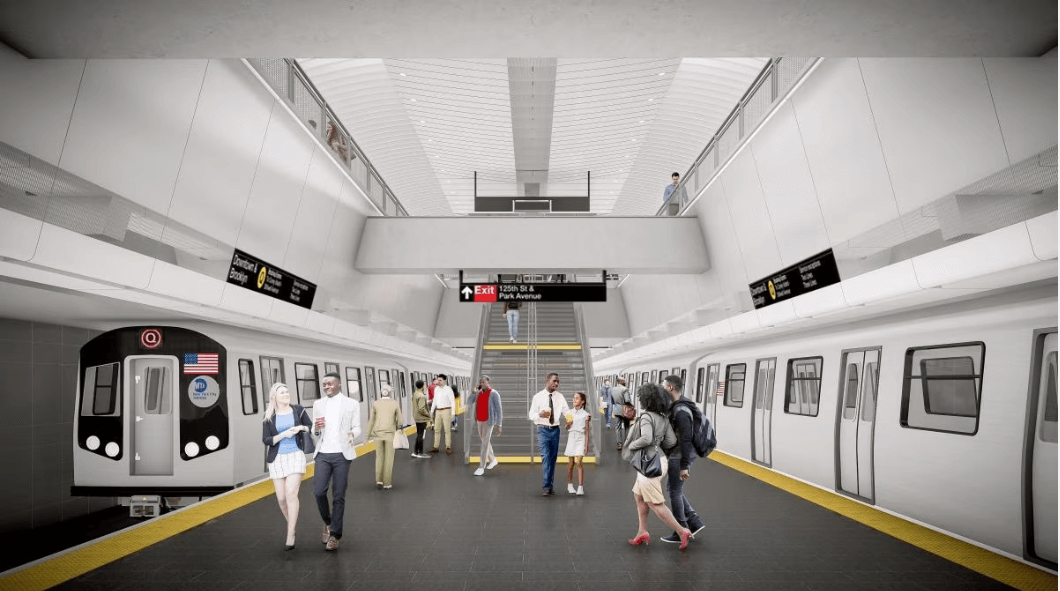
Getting an enormous tunnel-boring machine underground to dig the train tubes is, of course, difficult and costly as it is, but that’s only part of the expenditures the MTA will have to make for the project. The MTA also has to shell out to relocate existing underground utility lines, which the agency says it’s doing upfront after learning from costly mistakes in Phase 1.
The project also involves many millions of dollars in real estate transactions to acquire all the necessary land for staging and construction.
But the bill for Phase 1 was also inflated due to the gigantic size of the stations, much larger than standard single-line stops in the system built in previous decades, according to the NYU researchers. Initial renderings released Wednesday show the stations in the Phase 2 extension are also planned to be similarly huge.
The MTA also spent about $656 million on consultants in Phase 1, which the NYU researchers noted was twice what it cost to actually bore tunnels between 63rd and 96th streets.
The construction contract being bid out is for utility line relocation. The MTA estimates that once construction is underway, completion can be expected within seven to eight years.
“Once construction is underway on Phase 2 of the Second Avenue Subway, we’ve said it is expected to take approximately seven to eight years to complete,” said the MTA’s head of construction, Jamie Torres-Springer. “The actual timeline will be determined after bids are received from design-build companies that include commitments for both cost and duration.”
Read more: Major subway disruptions next week as MTA updates signaling
